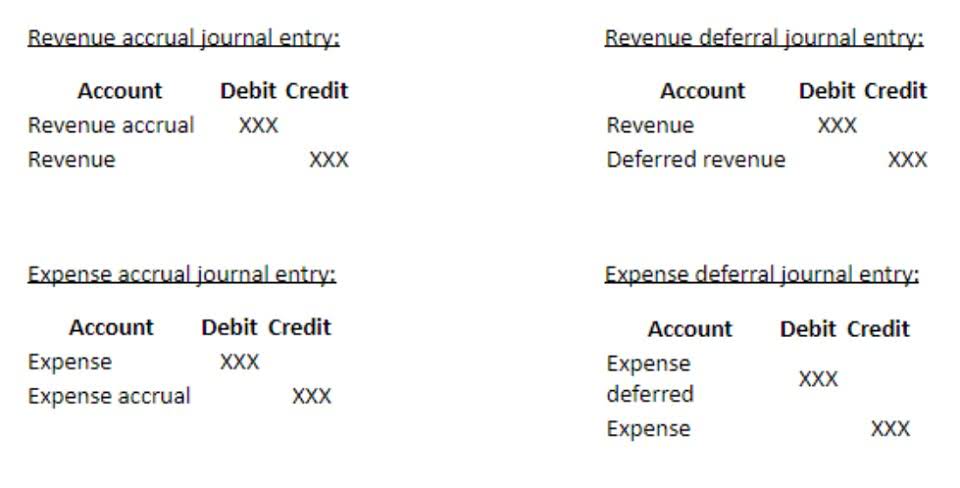
As such, it is a common financial metric which is used by most of the analysts to assess the financial health of a company. Following the asset section, liabilities are presented, detailing all amounts owed to external parties. Finally, the stockholders’ equity section outlines the owners’ residual claim on the company’s assets. Stockholders’ equity represents the residual claim on a company’s assets after all liabilities have been satisfied. It signifies the owners’ stake in the business and is a fundamental measure of the net worth of the company.

Assets

Stockholders’ equity represents the owners’ residual interest in a company’s assets after liabilities are deducted. It reflects the net worth of a business and is reported on the balance sheet under the equity section. A positive stockholders’ equity indicates that a company has more assets than liabilities, while a negative balance may signal financial distress or excessive debt. The shareholders equity ratio measures the proportion of a company’s total equity to its total https://www.blackretols.com/prepaid-expenses-journal-entry-how-to-create/ assets on its balance sheet.

What is shareholder equity (SE)?
Shareholders’ equity is the residual claims on the company’s assets belonging to the company’s owners once all liabilities have been paid down. Stockholders’ equity, also known as shareholder equity, is the total amount of assets that a company would retain if it paid all of its debts. Shareholders’ equity provides crucial insights into a company’s fiscal health and the value returned to shareholders.
Share This Calculator

Note that the treasury stock line item is negative as a “contra-equity” calculate total stockholders equity account, meaning it carries a debit balance and reduces the net amount of equity held. Otherwise, an alternative approach to calculating shareholders’ equity is to add up the following line items, which we’ll explain in more detail soon. Under a hypothetical liquidation scenario in which all liabilities are cleared off its books, the residual value that remains reflects the concept of shareholders equity. Stockholders’ equity is a measurement of the general financial health of the company.
- In a real-world scenario, the two methods of calculating stockholders’ equity would give you the same result.
- Accurately determine a company’s shareholders’ equity to assess its true financial standing and ownership value.
- It also reflects a company’s dividend policy by showing its decision to pay profits earned as dividends to shareholders or reinvest the profits back into the company.
- These often involve significant long-term commitments that extend beyond the immediate operating cycle.
- While it’s not an absolute predictor of how a stock might perform, it can be a good indicator of how well a company is doing.

Treasury stock is a contra-equity account, meaning it reduces total stockholders’ equity. This account represents shares of the company’s own stock that it has repurchased from the open market. Companies may buy back stock to reduce the number of outstanding shares or to have shares available for employee stock compensation plans. When a company buys back its stock, the transaction is recorded at cost. For example, How to Invoice as a Freelancer if a company spends $50,000 to repurchase its shares, the Treasury Stock account increases by $50,000, and total stockholders’ equity decreases by the same amount. Retained earnings represent the cumulative net income a company has generated, less any dividends it has paid out to shareholders.
Example of Low Total Equity:
- If it’s positive, the company has enough assets to cover its liabilities.
- Get stock recommendations, portfolio guidance, and more from The Motley Fool’s premium services.
- An average calculation offers a more stable view of this ownership stake over a period, rather than at a single point in time, helping to understand how a company’s equity base evolves.
- This generally means finding the figures at the beginning and end of a period, such as year-end totals from two consecutive balance sheets.
- If it’s not directly available, you might find it in the notes of the financial statements.
- Preferred stocks and preferred shares refer to the same thing—they are interchangeable terms.Preferred stock is a unique form of company ownership that combines elements of both stocks and bonds.
It reflects the capital that the owners have invested into the company either through direct investments or through the retention of earnings over time. Over the years, shareholders’ equity has become a fundamental component of a company’s balance sheet, offering insight into its financial well-being. Accumulated Other Comprehensive Income (AOCI) is an equity component that captures specific gains and losses not yet realized through the income statement. Examples include unrealized gains or losses on certain investments, foreign currency translation adjustments, and pension plan adjustments. AOCI can be positive or negative and is added to the total stockholders’ equity calculation. Let us consider an example of a company PRQ Ltd to compute the Shareholder’s equity.